Introduction
The photovoltaic (PV) industry, a crucial component of the clean energy sector, has witnessed significant growth. China's photovoltaic export market has been at the forefront of global renewable energy trade, playing a pivotal role in global clean energy transition. However, this pivotal status has also attracted scrutiny from various regions, including the EU's anti-subsidy investigations. In this exhaustive article, we delve into the intricacies of China's PV exports versus the EU's anti-subsidy probes, discussing the context, implications, and the evolving legal and trade landscape.
China's PV Export Market
China's PV export market has experienced remarkable expansion, owing to its competitive advantages in manufacturing and technology.
Becoming a world leader in PV technology, China has aggressively invested in research and development, leading to innovation and efficiency improvements.
These competitive advantages have enabled China to maintain a stronghold in the global PV market, with its exports reaching various nations, including European countries, which are pivotal in addressing climate change through renewable energies.
China's dominance in PV manufacturing has led to an increase in the export volume, often seen as a way to support global efforts against climate change. However, this dominance has also raised concerns among other major economies, leading the EU to initiate anti-subsidy investigations.
EU's Anti-Subsidy Investigations
The European Union (EU), committed to reducing greenhouse gas emissions, has been actively promoting renewable energy and implementing policies to stimulate domestic production. Despite this, the EU has been engaged in multiple anti-subsidy investigations aimed at curbing China's market penetration within the photovoltaic industry.
These investigations arise from concerns over the alleged subsidies provided by Chinese authorities to their PV manufacturers, which are accused of leading to unfair competition and dumped prices. The EU believes that such practices undermine the development of its own nascent PV industry and causes distortion to the market.
Given the significance of China's PV exports in Europe, the EU's anti-subsidy measures have enormous consequences for both parties involved. The outcome of such probes could adjust the global balance of trade in renewable energy sectors, offering a mix of potential win-and-loss scenarios for the industries in both regions.
Impact on China's PV Export
The initiating of anti-subsidy investigations by the EU has led to several effects on China's PV export market.
Firstly, the imposition of punitive tariffs by the EU on Chinese PV products has raised the cost of solar panels for European importers. This results in a shift in demand towards other suppliers, potentially disadvantaging China's PV manufacturers. However, the punitive tariffs may also lead some Chinese firms to explore alternative markets, thereby diversifying their export strategies.
Secondly, the ongoing probes create uncertainties for Chinese PV exporters concerning market access and pricing strategies. To mitigate these risks, Chinese firms are compelled to negotiate, restructure their supply chains, or even relocate their manufacturing bases to countries unaffected by the tariffs. These adjustments often provoke significant human and financial costs.
Implications for the EU
The EU's anti-subsidy probe and consequent measures against China's PV exports come with their own set of implications.
On one hand, the protectionist measures aimed to shield the EU PV market could temporarily aid in supporting the local solar panel industry, allowing for growth and maturation. However, this could come at the cost of increased prices for consumers, thus reducing the affordability and attractiveness of solar power.
On the other hand, the EU's action might create an imbalanced market, potentially stagnating solar power development locally, given the key role China plays in global PV manufacturing. The shift could slow down the renewable energy transition process, contrary to the EU's Green Deal objectives.
Trade Dispute Resolution
Both China and the EU face the challenge of navigating the complex waters of trade disputes, especially in the photovoltaic sector.
Engaging in communication and negotiation remains pivotal for resolving issues amicably. By addressing concerns through dialogue, both parties can find common ground to ensure a transparent and fair trade environment. The approach could involve measures such as agreements on pricing, market access, and the reduction of subsidies.
Given the global significance of the photovoltaic industry in combating climate change, establishing mutually beneficial trade practices is imperative. Instead of tit-for-tat tariffs, both China and the EU should explore co-operative mechanisms that would foster innovation and provide access to affordable renewable energy.
Latest Developments and Projections
While this article provides a comprehensive overview of the situation concerning China's PV export versus the EU's anti-subsidy investigation, it is crucial to stay updated on the latest developments.
Comprehending the latest trends and policy changes can program the way for effective strategies for Photovoltaic manufacturers, both within China and globally. Continuous monitoring of the EU's proceedings, as well as China's response and adaptations, will be essential in assessing potential shifts in the photovoltaic market.
It is projected that as the investigations evolve, they may impact the overall direction of the photovoltaic industry, leading to realignments in manufacturing, pricing, and market strategies. Keeping abreast of these changes can allow companies and policymakers to adjust their actions accordingly.
Conclusion
The interplay between China's PV exports and the EU's anti-subsidy investigation reveals a complex narrative in the unfolding story of renewable energy and global trade politics. It emphasizes the delicate balance needed between domestic industry protection and global partnership in addressing climate change challenges.
Moving forward, the path forward necessitates prudent measures and cooperative efforts between the EU and China. Strategies must be devised that acknowledge both parties' interests to maintain fair competition, safeguard industry growth, and uphold environmental preservation. This balance is paramount, as the world progresses toward an era of sustainable energy.

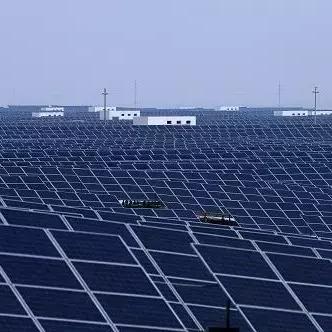



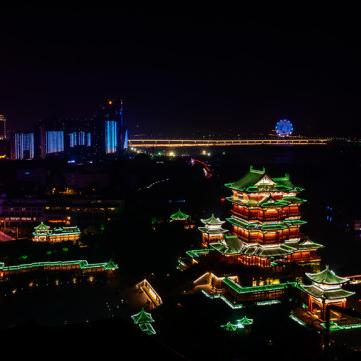
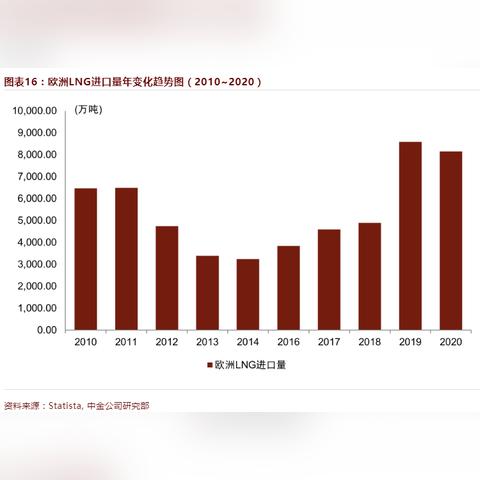

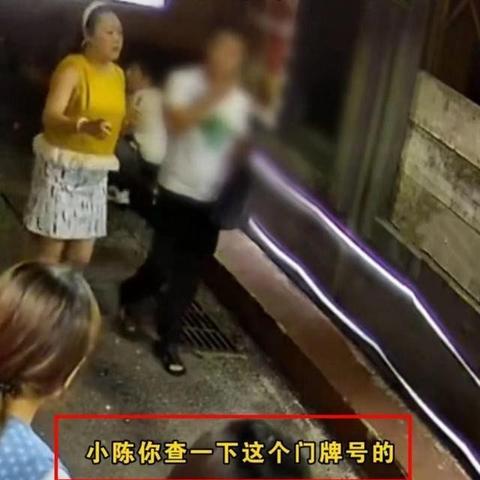
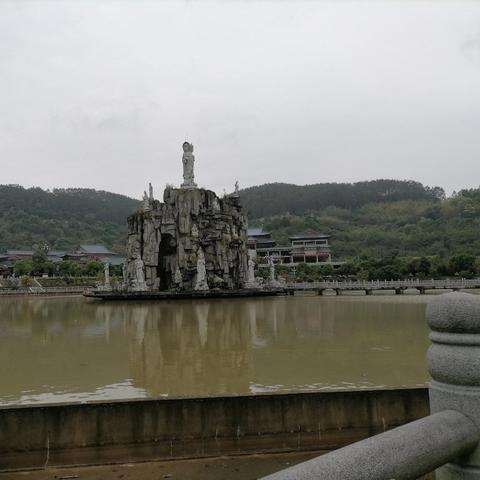
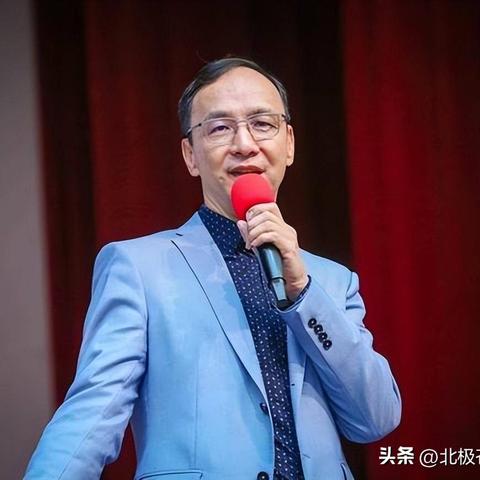
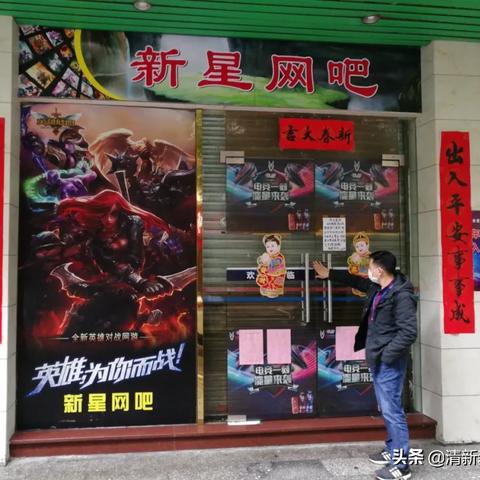

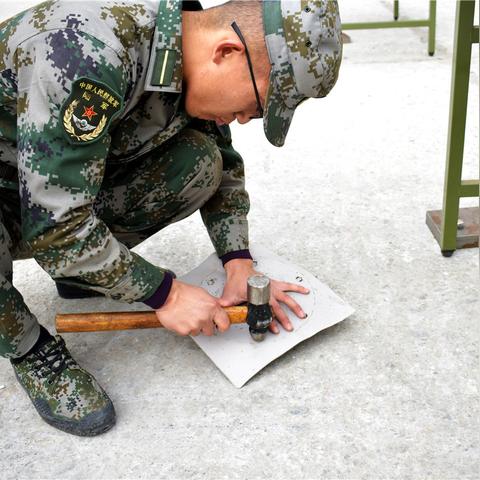


 琼ICP备2023003230号-1
琼ICP备2023003230号-1
还没有评论,来说两句吧...